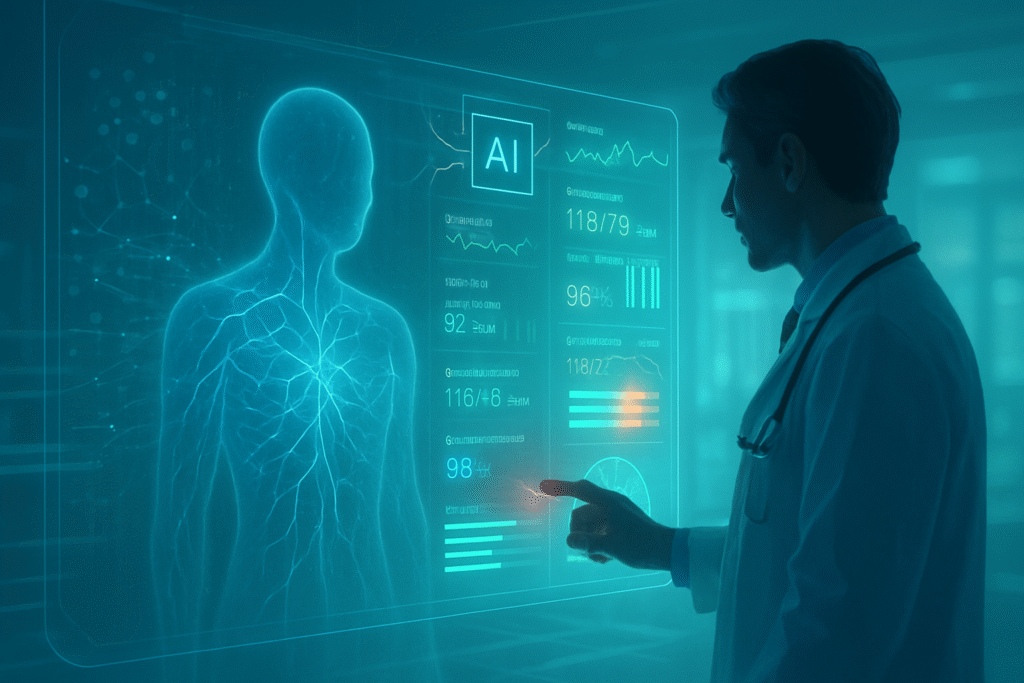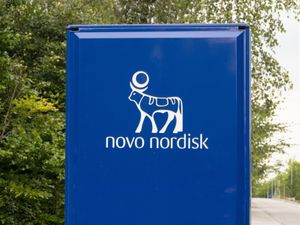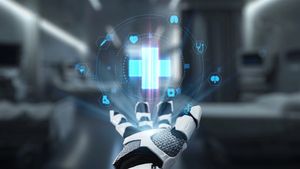
A groundbreaking international study has unveiled an artificial intelligence system capable of diagnosing sepsis with an astounding 99% accuracy, often before the condition becomes life-threatening. This monumental achievement, involving collaborators from the University of Rome Tor Vergata, Policlinico di Bari, and Northeastern University, promises to redefine emergency medical protocols and save thousands of lives annually. The system's ability to detect sepsis hours ahead of traditional methods marks a critical turning point in the battle against a condition that claims millions of lives worldwide each year.
This unprecedented accuracy stems from a sophisticated integration of machine learning across the entire emergency medical pathway, from urgent care to ambulance transport and hospital emergency departments. By leveraging both interpretable "white-box" models and high-performance "black-box" neural networks, the AI provides both transparency for clinical decision-making and superior predictive power. This development is not isolated; companies like Mednition, with its KATE AI platform, have also demonstrated 99% Area Under the Curve (AUC) for sepsis diagnosis in emergency departments, and Prenosis Inc. has secured the first FDA-authorized AI/ML diagnostic tool for sepsis with its Sepsis ImmunoScore . Johns Hopkins University's TREWS system has similarly shown a 20% reduction in sepsis mortality through earlier detection.
. Johns Hopkins University's TREWS system has similarly shown a 20% reduction in sepsis mortality through earlier detection.
The Algorithmic Lifeline: A Deep Dive into Sepsis-Detecting AI
The core of this advanced AI system lies in its multi-stage data integration and continuous learning capabilities. Unlike conventional diagnostic tools that rely on static data snapshots and physician judgment, the AI analyzes a dynamic, comprehensive dataset. This includes basic symptoms from urgent care, real-time physiological measurements—such as blood pressure, heart rate, oxygen saturation, and crucially, capillary refill time—collected during ambulance transport, and advanced laboratory data from hospital emergency departments. The integration of real-time vital signs during patient transport proved particularly vital, elevating diagnostic accuracy significantly. When all clinical, physiological, and laboratory data were combined, the system achieved its peak performance of 99.3% accuracy and an AUC of 98.6%.
This unparalleled accuracy is a direct result of several innovations. The system's continuous learning design allows it to adapt and improve as new patient data becomes available. It meticulously identifies and prioritizes key indicators, with temperature, capillary refill time, and blood pressure emerging as the strongest predictors of early-stage sepsis. Furthermore, models like Mednition's KATE AI are trained on massive retrospective cohorts, encompassing hundreds of thousands of patients, allowing them to robustly identify sepsis using established criteria like Sepsis-3. This contrasts sharply with traditional scoring systems such as SOFA, SIRS, MEWS, and qSOFA, which have consistently demonstrated lower accuracy and predictive power. Initial reactions from both the medical and AI communities have been overwhelmingly positive, hailing these systems as an "extraordinary leap" towards saving lives, while also emphasizing the need for continued collaboration and addressing ethical considerations.
Reshaping the AI and Healthcare Landscape
This breakthrough in sepsis diagnosis is poised to profoundly impact the competitive landscape for AI companies, tech giants, and healthcare startups. Companies specializing in AI-driven diagnostic tools and predictive analytics for healthcare, such as Mednition and Prenosis Inc., stand to benefit immensely. Their existing FDA designations and high-accuracy models position them at the forefront of this emerging market. Traditional medical device manufacturers and diagnostic companies, however, may face significant disruption as AI-powered software solutions offer superior performance and earlier detection capabilities.
Major AI labs and tech giants, recognizing the immense potential in healthcare, are likely to intensify their investments in medical AI. This could lead to strategic acquisitions of promising startups or increased internal R&D to develop similar high-accuracy diagnostic platforms. The ability to integrate such systems into existing electronic health record (EHR) systems and hospital workflows will be a key competitive differentiator. Furthermore, cloud providers and data analytics firms will see increased demand for infrastructure and services to support the vast data processing and continuous learning required by these AI models. The market positioning will favor those who can demonstrate not only high accuracy but also interpretability, scalability, and seamless integration into critical clinical environments.
A New Paradigm in Proactive Healthcare
This development marks a significant milestone in the broader AI landscape, underscoring the technology's transformative potential beyond generalized applications. It represents a tangible step towards truly proactive and personalized medicine, where critical conditions can be identified and addressed before they escalate. The impact on patient outcomes is immeasurable, promising reduced mortality rates, shorter hospital stays, and decreased rehospitalization. By providing an "immediate second opinion" and continuously monitoring patients, AI can mitigate human error and oversight in high-pressure emergency settings.
However, this advancement also brings to the forefront crucial ethical considerations. Data privacy, algorithmic bias in diverse patient populations, and the need for explainable AI remain paramount. Clinicians need to understand how the AI arrives at its conclusions to build trust and ensure responsible adoption. Comparisons to previous AI milestones, such as image recognition breakthroughs or the advent of large language models, highlight this sepsis AI as a critical application of AI's predictive power to a life-or-death scenario, moving beyond efficiency gains to direct human impact. It fits into a broader trend of AI augmenting human expertise in complex, high-stakes domains, setting a new standard for diagnostic accuracy and speed.
The Horizon of Hyper-Personalized Emergency Care
Looking ahead, the near-term will likely see further integration of these AI sepsis systems into hospital emergency departments and critical care units globally. Expect increased collaboration between AI developers and healthcare providers to refine these tools, address implementation challenges, and adapt them to diverse clinical environments. The focus will shift towards optimizing the "provider in the loop" approach, ensuring AI alerts seamlessly enhance, rather than overwhelm, clinical workflows.
Long-term developments could include even more sophisticated predictive capabilities, not just for sepsis, but for a spectrum of acute conditions. AI systems may evolve to offer personalized treatment protocols tailored to individual patient genetic profiles and real-time physiological responses. The concept of continuous, AI-powered patient surveillance from home to hospital and back could become a reality, enabling proactive interventions at every stage of care. Challenges remain in scaling these solutions, ensuring equitable access, and navigating complex regulatory landscapes. Experts predict a future where AI becomes an indispensable partner in emergency medicine, transforming acute care from reactive to predictive, ultimately leading to a significant reduction in preventable deaths.
A Defining Moment for AI in Medicine
The emergence of AI systems capable of diagnosing sepsis with near-perfect accuracy represents a defining moment in the history of artificial intelligence and its application in medicine. This is not merely an incremental improvement; it is a fundamental shift in how one of the deadliest conditions is identified and managed. The ability to detect sepsis hours before it becomes life-threatening has the potential to save countless lives, alleviate immense suffering, and revolutionize emergency and critical care.
The key takeaways are clear: AI is now demonstrating unparalleled diagnostic precision in critical healthcare scenarios, driven by advanced machine learning, multi-stage data integration, and continuous learning. Its significance lies in its direct impact on patient outcomes, setting a new benchmark for early detection and intervention. While challenges related to ethics, data privacy, and broad implementation persist, the trajectory is undeniable. In the coming weeks and months, watch for further clinical trials, regulatory approvals, and strategic partnerships that will accelerate the deployment of these life-saving AI technologies, cementing AI's role as a cornerstone of modern medicine.
This content is intended for informational purposes only and represents analysis of current AI developments.
TokenRing AI delivers enterprise-grade solutions for multi-agent AI workflow orchestration, AI-powered development tools, and seamless remote collaboration platforms.
For more information, visit https://www.tokenring.ai/.








